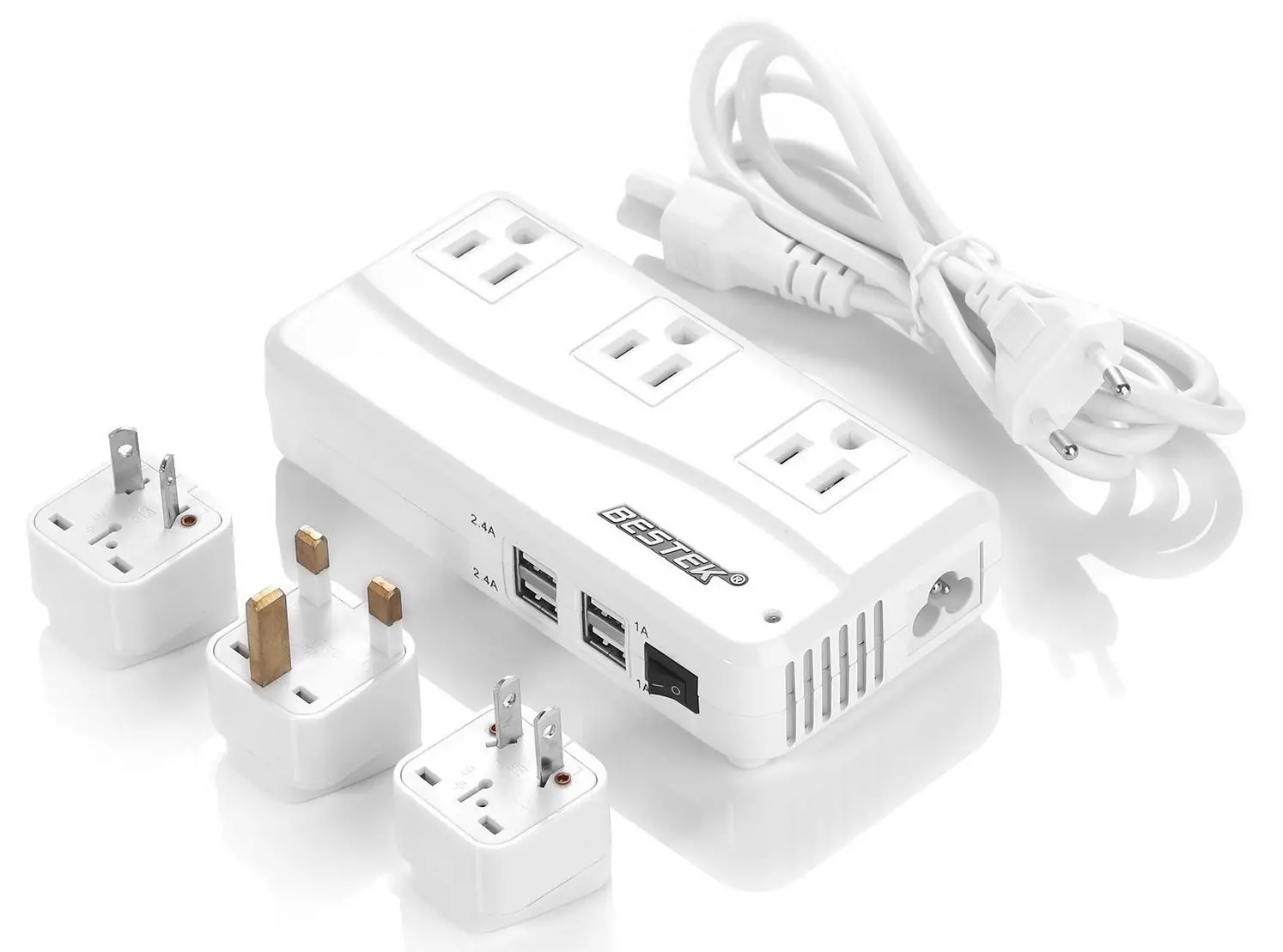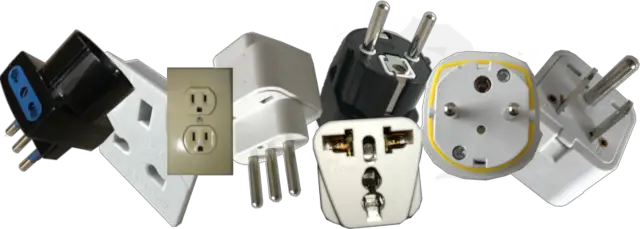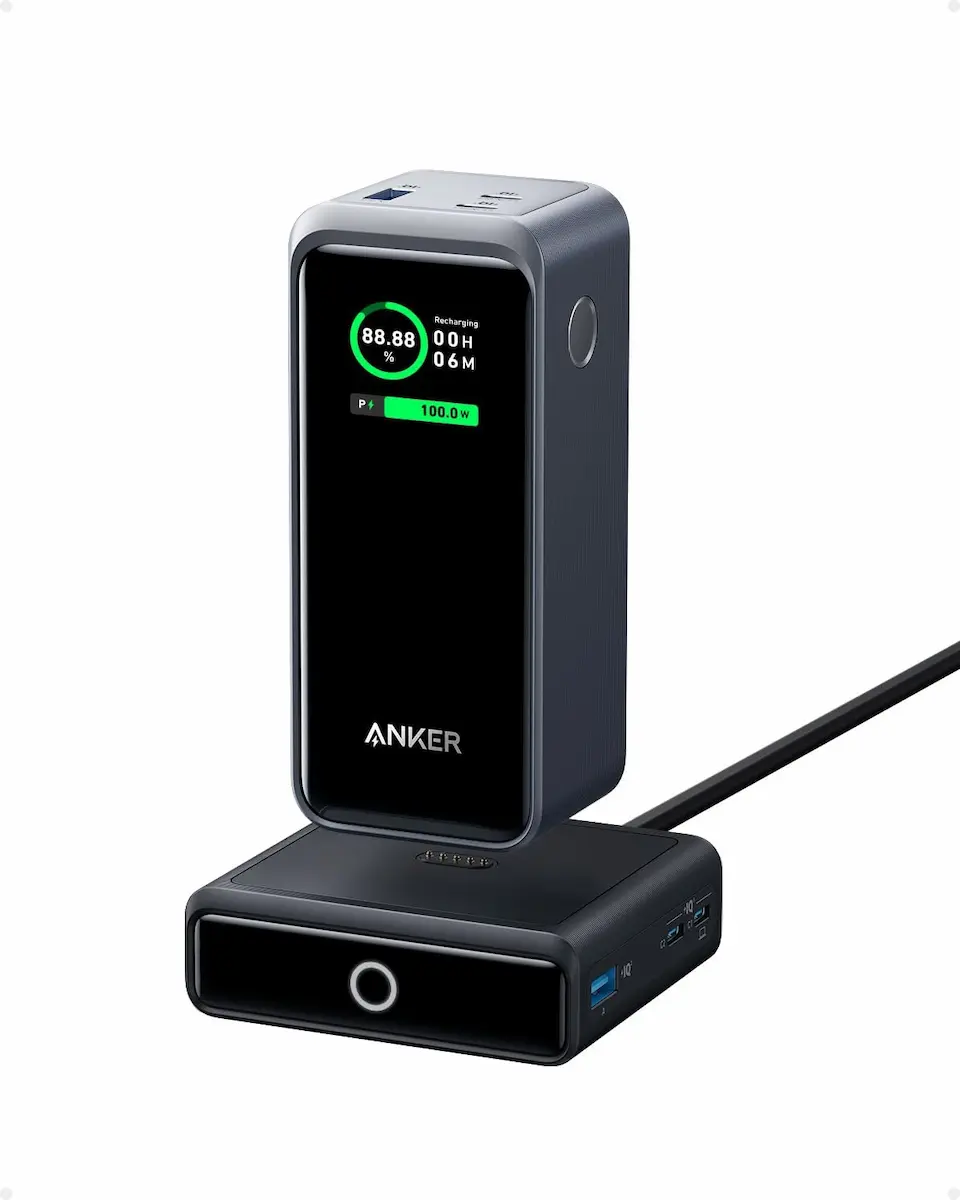Keeping Your Electronics Safe Abroad: A Guide to Voltage and Adapters
Taylor Watts - December 29, 2023
 A World of Plugs
A World of Plugs
Wave goodbye to travel mishaps with your gadgets! Join Taylor Watts on a journey through voltage variations and learn essential tips to keep your devices charged and protected, no matter where your adventures take you.
Voltage Variations: How to Keep Your Devices Safe in Any Country ✈️🔌
Hey there, globetrotters! It's your friendly travel-tech adviser, Taylor Watts, here with another juicy tidbit to make your wanderlust life a breeze. Today, we're delving into the electrifying world of voltage variations. Yep, that's right–it’s not just about the breathtaking views and the culture; it’s also about keeping your precious gadgets safe while you hop from one country to another. 🌍💼
As you cross borders, you’ll notice that not only do plug designs change, but the electricity running through them does too! Before you go gaga over your next destination, let’s make sure your electronic companions are ready for that trip as well. So buckle up, and let’s navigate the current affairs of global voltage variances together!
Understanding Voltage and Frequency
First things first, let's dip our toes into some basics. Voltage is the pressure from an electrical circuit's power source that pushes charged electrons (current) through a conducting loop, enabling them to do work such as powering up your device. In layman's terms, voltage is to electric current what water pressure is to water flowing through a pipe. 🚿💡
Countries generally use a standard voltage that ranges from 100V to 240V. For example, the US operates on 120V, while most of Europe is at 230V. To further energize the mix, there's also frequency, measured in hertz (Hz), which describes how fast the current cycles - with 50Hz and 60Hz being the most common variants.
Be aware, my techie trailblazers: plugging a device into a voltage it’s not compatible with can result in a fried device or, worse, a safety hazard!
Checking Your Device’s Voltage Compatibility
Peek at the Power Label
Before you pack, do a little detective work. 🕵️♀️ Look for a label on your device's power adapter or charger – it's usually on the back or underside. You’re looking for something like 100-240V, 50/60Hz. This means you're in luck, as the device can withstand a range of voltages and frequencies - a true globe-trotting gadget!
When Labels Leave You Lacking
If deciphering the markings feels like cracking the Da Vinci code, hit up the manufacturer's website, or take a peek at the user manual for voltage information. And if that still doesn't cut it, it's time to consult with a professional – better safe than sorry when it comes to your electronic buddies! 🤓
 A power supply that can handle from 100V up to 240V
A power supply that can handle from 100V up to 240V
Adapting and Converting
Here’s where your prep plays a pivotal role. If your devices can't swing between voltages like a playground pendulum, you will need a converter or transformer. Now, stick with me; it’s not as complicated as it sounds:
- Converters are suitable for short-term use and are usually compact, ideal for simple appliances like hairdryers or irons.
- Transformers, on the other hand, are the bulky beasts suited for long-term use and more delicate electronic gadgets.
 A good quality 220V to 110V adapter
A good quality 220V to 110V adapter
Travel Transformers: The Heavy-Duty Heroes
Invest in a transformer for your laptop or camera charger if you're planting roots abroad for a while or if you have high-powered devices.
Pick the Perfect Plug Adapter
Let’s not forget that even if your device can deal with the destination’s voltage, the shape of the sockets won't always match your plug—enter the plug adapter. This little travel gem doesn't convert electricity; it simply allows your plug to fit into foreign sockets.
Adapters vs. Converters vs. Transformers
To keep it from getting too tangled: - Adapters are about shape, not voltage. - Converters and transformers change the voltage.
Safe Travels: Caring for Your Carried Tech
When touring with tech, it’s not just about voltage compatibility - there's a bit more to it. Here are some extra pearls of wisdom to ensure your electronic essentials enjoy the journey as much as you do:
- Surge Protectors are Gold – They’re like guardians for your gadgets. A surge protector will defend your devices from unexpected voltage spikes.
- Invest in Good Quality – Not all converters/transformers are created equal. Skimping might save pennies but can cost a plethora of power in the long game.
- Power Strips are Your Pals – A portable power strip might be your best friend in areas with limited outlets, especially if it includes USB ports.
When Chargers Become a Challenge
Now, don't let the focus on your favorite hair dryer make you overlook one of the most important pieces of the puzzle: your chargers. When it comes to your smartphones, tablets, e-readers, or cameras, that little block (or cable) is a lifeline.
Direct USB Charging
Many hotels come equipped with USB outlets these days, which can bypass the need for a voltage converter altogether, since most USB ports output a universal 5V.
Portable Power Banks:
Don’t forget about portable power banks! These can be a lifesaver when you're out exploring and away from electrical outlets.
For the Love of Laptops
Bringing your laptop abroad? Here’s a quick crash course in keeping it powered up safely:
- Check the Compatibility – Most laptop chargers have a range of 100-240V, which is perfect for travel.
- Use a Surge Protector – Just like with other tech, it’s a shield against voltage spikes.
- Get a Universal Charger – If you’ve got concerns, these chargers adjust according to the voltage, which can be ultra-handy.
Specifics for Photographers
Safeguard your chargers for your cameras and batteries. Most are usually dual-voltage, but it's a small step that can prevent a mountain of mishaps.
What About Other Appliances?
Gadgets aside, how about the other doodads that make our travel comforting, like electric shavers, curling irons, or even medical devices? The guiding principle remains: check the voltage and have the correct adapters and converters on hand.
An Ounce of Prevention...
A gizmo gone kaput due to misplugged voltage can cast a cloud over your entire trip. Adhere to the old adage, "better safe than sorry," and align your electronic arsenal with the power practicalities of your destination. 🛡️💂
Special Note on Medical Devices
For those who rely on medical gadgets like CPAP machines, diligence is doubly crucial. Ensure everything is in order before departure; consider battery backups and talk to the device manufacturer if you're unsure. Health comes first, darlings! ❤️
Final Words of Wisdom
Remember, intrepid tech-travelling friends, that knowing is half the battle. Understanding your device requirements and prepping with the right gear will make for smooth sailing, or rather, smooth plugging-and-playing in any corner of the globe. 🌐🔋
Remember the Travel Tech Checklist:
- Check device voltage and frequency compatibility.
- Pack the necessary adapters and converters or transformers.
- Use surge protectors to guard against voltage spikes.
- Keep chargers and substitutes handy.
- Bring reserves, like power banks, for those adventures away from outlets.
- Most importantly, stay informed and prepared.
Embrace the adventure, protect your techy tag-alongs, and let the only sparks flying on your trip be the metaphorical ones of excitement and exploration! 💖✨
Safe travels and stay charged!
~ Taylor Watts
↬ a link from your website helps too.

